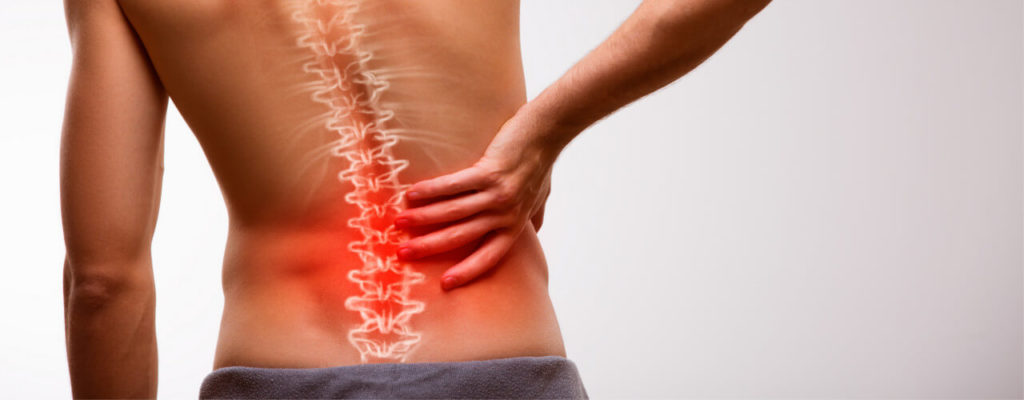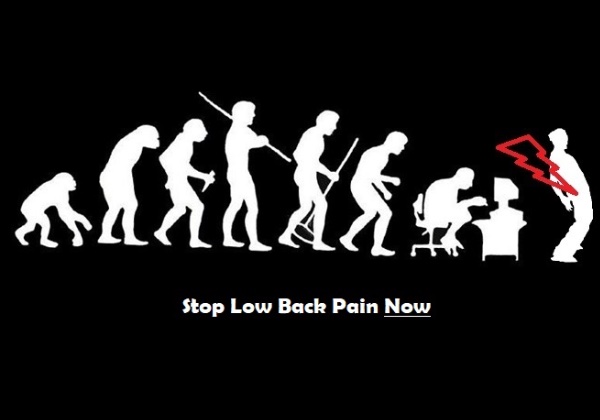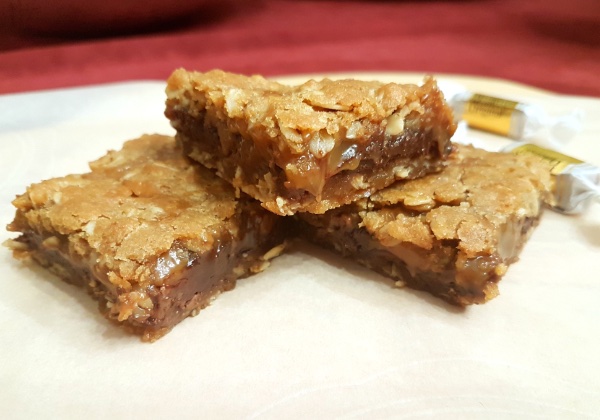As I type this article, I become conscious of how I position my wrists due to the topic at hand (pun intended). Carpal tunnel syndrome (CTS) is relevant to anyone who uses a keyboard a lot, plays a musical instrument, or uses small tools on a daily basis repeatedly. Around 10% of people are either dealing with some form of CTS or are in the process of developing it in North America. It’s also the reason why I get the question “How do you fix carpal tunnel syndrome?” a lot.
It’s the most common cause of anterior (palm-sided) wrist pain and nerve entrapment. This will make sense when you realize that we spend a considerable chunk of our day doing something that can provoke this condition. It doesn’t matter if you’re a Mississauga fitness expert or Brampton’s top ballroom dancer, this applies to everyone.
Who, Me?
If you’re a desk warrior, a musician, or a certified dental hygienist, I got bad news for you… CTS is more likely to occur in your futures. Online computer gamers from Oakville who battle their fellow mates in Brampton with their mouse on a daily basis are also included in that list. If you are a construction worker that handles power tools, the vibration can negatively affect the tissues of the hand and wrist. Other risk factors for CTS include pregnancy, rheumatoid arthritis, wrist fractures or dislocations, and poor wrist postures.
Stress not! Many things can be done from a preventative standpoint to decrease the likelihood of developing CTS. However, it’s a good idea to understand how it develops in the first place. Even if you aren’t a fitness expert or scientist, knowing the basics of carpal tunnel can go a long way in helping you prevent it.
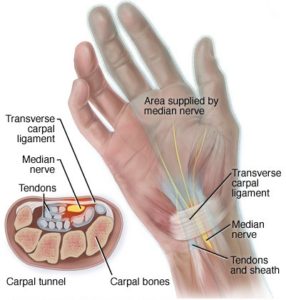
What is the Carpal Tunnel Anyways?
A tunnel made up of bones and a ligament runs underneath the area between the bottom of the palm and the wrist crease. A row of carpal (wrist) bones forms the bottom of it while the transverse carpal ligament makes the roof. These tough materials make the tunnel rigid, preventing it from being able to expand in size. Within this tunnel are 3 sets of tendons from muscles primarily involved in curling the fingers. Arising from the forearm, they travel through the tunnel and connect to the fingers. The median nerve also travels through this tunnel.
It’s a mixed nerved that has sensory, motor, and autonomic functions at the level of the hand. Autonomic refers to the body’s unconscious, automatic responses to stimuli. Sweating is an example of an automated response to elevated external temperatures that maintains the body’s core temperature. The median nerve innervates (connects to) the outside 3 ½ fingers (thumb, index, middle, and half of the ring finger) for sensation, and is responsible for the majority of the thumb’s motor control through the thenar muscles.
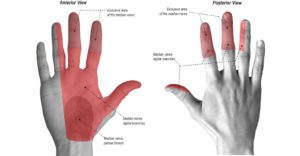
What Causes CTS?
The culprit of CTS is either entrapment, compression, or reduced blood supply to the median nerve. It normally has a sufficient amount of space in the tunnel. When the tunnel gets smaller or the contents increase in size, the median nerve gets affected by the resultant compression. A number of factors can lead to tunnel compression.
Wrist fractures and dislocations can decrease the tunnel’s diameter. Our body’s natural instinct during a fall is to extend the arms out to protect the head and torso. Necessary, but it puts the bones and ligaments in the wrist at risk of damage. The carpal bone lunate in particular can dislocate when you fall onto an outstretched, extended hand. It can bulge into the tunnel, kind of like squeezing into a busy elevator. A colles’ fracture of the wrist can also decrease tunnel size. These are both traumatic causes of CTS.

Increase in tunnel content size can also induce CTS. Overuse of the tendons running through the tunnel, especially in awkward wrist postures can promote swelling and scar tissue formation. Repetitive use of the fingers while the wrist is bent is a classic example of this. Under these conditions, the tendons are rubbing onto their tendon sheaths (connective tissue coverings) creating a lot of friction. Constant friction over an extended period of time inflames the tendon sheath, leading to swelling that can compress the tunnel.
If you already have some form of CTS, certain things can exasperate the symptoms you experience. Pregnancy causes fluid retention (buildup) in the body, and the wrist region is no exception. Ultimately, any increase in the volume of the carpal tunnel is a risk. Cold temperatures can slow down median nerve conduction so keep those hands warm. Make it a practice to monitor your hands in cold environments for any noticeable decreases in sensation or strength.

Okay, How Do You Fix Carpal Tunnel Syndrome?
It really depends on what lead to your symptoms in the first place. CTS is an activity-driven problem. I stress to you that problems like these should entice you to fix the activity itself before anything else. A pet peeve of physical therapy and certified personal training is when clients decide on surgery before ever considering conservative (non-surgical) treatment options for their injury. Always try non-invasive treatments first. The side effects of surgery alone should make it the very last option if you have exhausted every other technique. Here’s a list of 5 treatment options if you have CTS or are at risk of it:
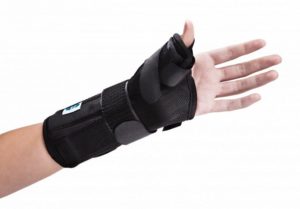
Splinting:
Splinting is useful for symptoms that come on at night since we cannot always control our body position when catching some z’s. Awkward wrist positions while in bed can put pressure on the carpal tunnel. Effective splinting will keep the wrist in a neutral (straight) position which can relieve the pressure felt during sleep.
I recommend splints with slots for aluminum slits that can bend to the curves of your forearm, hand, and wrist. These offer the most comfort and can be configured later on for someone else. Wearing a splint throughout the day may not be as effective because it can impede range of motion at the wrist, build excess heat, and irritate the skin. It is best to restrict its use to activities that provoke symptoms. For example, keyboarding can put the wrist in sustained extension so using a splint with a back-stay can force the wrist to stay in a neutral position.

Ergonomics:
A neutrally-positioned wrist puts the least pressure on the median. Ergonomic modifications can be made around your keyboard to put the wrist into this more ideal position. Buying a keyboard with an extended wrist rest or placing a gel pad in front of the keyboard can help maintain a neutral wrist. Regular breaks away from the computer is another good practice to uphold. Although studies still need to prove its effectiveness as a treatment for CTS, ergonomic modification is an effective preventative measure. Speak to an ergonomist for more details about adjusting your work and living environments to prevent CTS and other musculoskeletal injuries. Fixing carpal tunnel syndrome can sometimes be as easy as switching your keyboard and desk setup!
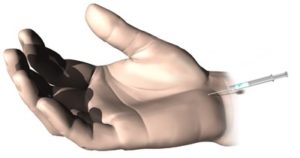
Cortisone Injections:
This is something I’d suggest using when the symptoms become difficult to manage. Cortisone is an anti-inflammatory drug synthetically derived to relieve persistent pain at the site of injury. A specialist can apply local injections of cortisone into the tendon sheaths of the carpal tunnel. Studies tell us that one injection is effective for one month of relief. Multiple injections have not shown to be any better than just one application. Needles must be accurately placed into the tendon sheaths of the carpal tunnel. This requires a skilled clinician to do it right. Do the best you can to find an expert who has tons of experience if you decide to take this route.

Vibration-dampening Gloves:
Do you operate a machine that vibrates a lot like a jackhammer? Even if you are not experiencing CTS, wear vibration-dampening gloves to reduce the effects of vibration on the nerves of the wrist. These gloves can also keep the hands warm during the Winter. Warm hands mean a happy median nerve that is less likely to cause CTS.

Activity Modification:
What activities bring on your symptoms? Can they be avoided or at least modified to put less pressure on your carpal tunnels? If you’re doing a one-handed activity that creates pain, try switching hands when possible. Most one-handed tools can be used by both hands. How about the way you hold your instrument? Guitarists move their fingers quickly and repeatedly with bent wrists. Changing how you hold an instrument can be hard at first, but preventing CTS is what will keep you doing what you love in the future. Have a lot of small tools? Switching to tools that have larger, more ergonomic handles is ideal.
People tend to overdo the amount of force they use to grip certain objects. Practice using a more relaxed grip to do regular activities like mopping or carrying around groceries. The general point I’m trying to make is that you should learn to engage your wrists in different positions that won’t stress them.
Fixing Carpal Tunnel Syndrome…
So how do you fix carpal tunnel syndrome? Well, a lot of it comes from activity, work, and lifestyle modification. It’s one of those things where you need to treat the problem at its source. But if you effectively remove all factors contributing to carpal tunnel syndrome, you can resolve it in due time.




